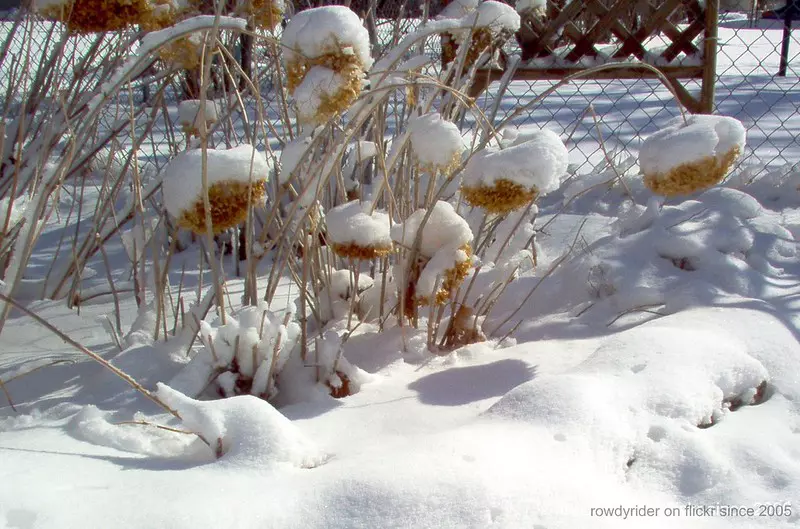
Protecting Hydrangeas in Winter - Tips for Cold Climates
Your ultimate guide to protecting hydrangeas in winter for cold climates. Learn expert tips for mulching, frost protection, and proper spring pruning.
Read MoreWeather plays a crucial role in gardening, affecting plant health, soil quality, and overall growth. While most gardeners are prepared for occasional droughts or heavy rains, strong winds present a unique challenge that can damage delicate plants, including hydrangeas.
High winds can dry out soil, break branches, and stress plant roots, making it essential to take protective measures. The combination of strong wind and extreme temperatures - either hot or cold - can further intensify these problems, leading to slow growth or even plant loss.
As Heidi Rader noted in her article about gardening in Alaska, “Keeping the seeds moist was really hard to do this spring because of the combination of hot, dry, windy weather.” A similar challenge applies to hydrangeas, which require stable moisture levels and wind protection to thrive.
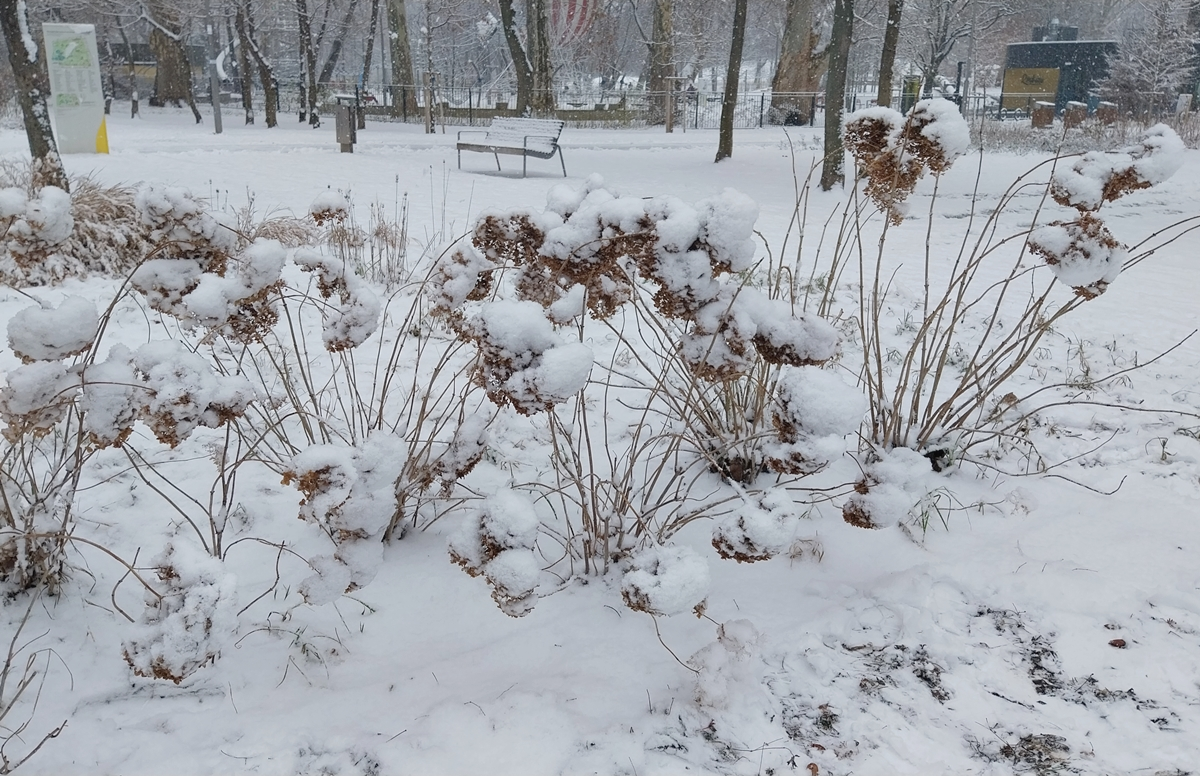
Hydrangeas are beloved for their lush foliage and stunning flower heads, but their delicate structure makes them particularly vulnerable to strong winds and extreme weather conditions. Understanding how these factors impact hydrangeas can help gardeners take proactive steps to protect their plants and ensure healthy growth throughout the seasons.
One of the most significant challenges hydrangeas face in windy conditions is their fragile stems. The large, heavy flower heads, particularly in varieties such as Hydrangea macrophylla (bigleaf hydrangea), can cause the stems to bend or snap under pressure. This is especially common during storms or prolonged periods of high winds.
Young hydrangea stems are more susceptible to wind damage as they have not yet developed the woody structure that provides support. Even mature stems can be weakened over time if continuously exposed to strong gusts. When stems break, the plant not only loses blooms for that season but also becomes more vulnerable to diseases and pests entering through the damaged areas.
Solution: Staking young plants, selecting wind-resistant varieties, and using strategic planting locations can help mitigate the risk of stem breakage.
Wind plays a crucial role in soil moisture depletion. As strong winds sweep across the garden, they accelerate the rate of evaporation from both the soil and the plant's foliage. This can lead to rapid drying, making it difficult for hydrangeas to absorb the necessary moisture to thrive.
Hydrangeas, particularly moisture-loving varieties such as Hydrangea arborescens (smooth hydrangea), require consistent watering to maintain their vibrant blooms. However, when the soil dries out too quickly due to wind exposure, the plant may experience wilting, leaf browning, and stunted growth.
Additionally, sandy or loose-textured soils lose moisture even faster than clay or loamy soils, making it essential for gardeners to implement mulching techniques to retain hydration.
Solution: Applying a layer of organic mulch (such as bark chips or compost) around the base of the hydrangea helps regulate soil moisture and reduce evaporation. Watering deeply in the morning can also prevent excessive dryness throughout the day.
Chilling winds and early spring frosts pose a significant risk to hydrangeas, particularly those that bloom on old wood, such as Hydrangea macrophylla and Hydrangea serrata. If these plants experience frost damage in early spring, the buds and emerging shoots can be stunted, delaying flowering or preventing blooms altogether.
Cold winds can also cause leaf desiccation, where the plant loses moisture faster than it can replenish. This results in dry, scorched leaf edges and overall weakened growth. In regions with harsh winters, prolonged exposure to freezing temperatures can even lead to the dieback of branches.
Another concern is fluctuating temperatures, which can trick hydrangeas into breaking dormancy too early. If a sudden warm spell is followed by a cold snap, the young shoots become highly vulnerable to frost damage.
Solution: Protecting hydrangeas from cold wind damage involves using windbreaks, such as fences, hedges, or burlap screens, to shield the plants. In late winter or early spring, covering the plants with horticultural fleece during cold nights can prevent frost damage. Additionally, choosing cold-hardy varieties, such as Hydrangea paniculata, can provide a more resilient option for windy and frosty climates.
By understanding the impact of wind and harsh weather on hydrangeas, gardeners can take preventive measures to ensure their plants remain strong and healthy. Implementing protective strategies such as proper mulching, staking, and sheltering plants from harsh winds will go a long way in preserving the beauty and longevity of hydrangeas in any garden.
Proper planting and positioning are essential for shielding hydrangeas from strong winds and extreme weather conditions. By strategically placing hydrangeas in the garden, gardeners can minimise wind damage, reduce moisture loss, and enhance overall plant health.
One of the most effective ways to protect hydrangeas from strong winds is to plant them in sheltered locations. Fences, walls, and taller shrubs act as natural windbreaks, reducing wind speed and preventing excessive stress on the plants.
However, it is important to allow sufficient space between the hydrangea and the windbreak structure. Placing plants too close to a solid wall can create turbulence, which may increase wind intensity rather than reducing it. Ideally, hydrangeas should be planted at least 1 to 2 metres away from fences or walls to benefit from protection while ensuring good air circulation.
Hedges and taller shrubs, such as Boxwood (Buxus sempervirens) or Privet (Ligustrum), can also serve as excellent living windbreaks. Unlike solid barriers, these plants diffuse wind rather than blocking it completely, creating a gentler airflow that minimises the risk of stem breakage and moisture loss.
Before planting hydrangeas, it is beneficial to study the prevailing wind direction in your garden. Wind patterns can vary depending on local topography, nearby structures, and seasonal weather changes.
A simple method for identifying wind direction is to observe how trees, grasses, or garden ornaments move throughout the day. Alternatively, lightweight ribbons or flags can be temporarily placed in different areas to track wind flow.
Once the dominant wind direction is determined, hydrangeas should be positioned in naturally sheltered areas, such as the leeward side of a house or behind existing trees and shrubs. South-facing walls or fences often provide warmth and wind protection, making them ideal planting spots.
In coastal or exposed gardens where strong winds are unavoidable, consider using raised beds or slightly recessed planting areas to offer additional stability. Planting hydrangeas in a slight depression can reduce direct wind exposure while still ensuring proper drainage.
By carefully selecting planting locations and utilising natural windbreaks, gardeners can significantly enhance hydrangea resilience against wind damage. Combined with other protective measures, such as mulching and proper watering, strategic positioning ensures healthier plants and prolonged flowering throughout the season.
Implementing physical barriers and reinforcements is one of the most effective ways to protect hydrangeas from strong winds and extreme weather conditions. By using windbreaks, staking taller plants, and applying mulch, gardeners can significantly reduce wind stress and maintain soil moisture levels.
Windbreaks are essential for gardens exposed to strong winds, particularly in open landscapes or coastal regions. Windbreak netting is a practical solution, as it allows some airflow while reducing wind speed and preventing damage to delicate hydrangea stems. This semi-permeable structure minimises turbulence, unlike solid barriers that can create unpredictable wind currents.
For more robust protection, lightweight plastic panels or garden screens can be installed around hydrangea beds. These should be positioned on the side facing the prevailing wind to diffuse gusts before they reach the plants. It is advisable to leave gaps for air circulation, as complete enclosure may create humidity issues that encourage fungal diseases.
Natural alternatives such as woven willow fences or trellises covered with climbing plants like Clematis or Honeysuckle provide an aesthetically pleasing wind barrier while allowing filtered airflow to pass through.
Taller hydrangea varieties, such as Hydrangea paniculata and Hydrangea arborescens, are particularly vulnerable to wind damage due to their height and large flower heads. Staking these plants provides essential support and prevents them from leaning excessively or snapping during strong winds.
To effectively stake hydrangeas, use sturdy wooden or bamboo stakes placed a few inches away from the base of the plant. Secure the stems using soft ties or fabric strips, ensuring they are not too tight to allow natural movement. This flexibility helps the plant develop stronger stems over time while still offering necessary support.
For multiple hydrangeas in a row, installing horizontal supports such as garden twine or trellis netting between stakes can provide additional stability, especially in exposed gardens.
Strong winds accelerate moisture loss from the soil, making mulching a vital practice in protecting hydrangeas. A thick layer of organic mulch helps retain moisture, regulates soil temperature, and reduces water evaporation caused by wind exposure.
The best mulching materials for hydrangeas include bark chips, compost, well-rotted manure, or shredded leaves. Apply a 5 to 8 cm layer around the base of the plant, leaving a small gap around the stem to prevent rot.
Mulching also improves soil structure by gradually breaking down and enriching the earth with nutrients. Additionally, it suppresses weed growth, which can otherwise compete with hydrangeas for water, particularly in dry and windy conditions.
By combining windbreaks, proper staking techniques, and effective mulching, gardeners can create a more resilient environment for their hydrangeas. These physical protection methods ensure stronger plants, reduced moisture loss, and healthier growth, even in challenging weather conditions.
Hydrangeas are highly adaptable, but they require extra care during extreme weather conditions, such as harsh winter frosts or prolonged summer droughts. Seasonal protection measures help maintain plant health, ensuring vibrant blooms and strong growth throughout the year.
Cold winds and sudden temperature drops can severely damage hydrangeas, particularly varieties such as Hydrangea macrophylla, which are sensitive to frost. Covering plants with burlap or frost cloth provides essential insulation, preventing cold air from reaching delicate buds and stems.
When using burlap, construct a simple frame around the plant using wooden stakes, then wrap the fabric around it, leaving space for air circulation. This prevents direct contact with the plant while still offering protection from harsh winter winds.
Frost cloth is a lightweight alternative that allows light and moisture to pass through while shielding plants from extreme cold. It is ideal for regions with fluctuating temperatures, where sudden warming can cause premature budding, making plants vulnerable to late-season frost damage.
In addition to covering, applying a thick layer of mulch around the base helps insulate the roots, reducing the risk of frost heave and keeping the soil temperature stable throughout winter.
During periods of extreme heat or drought, hydrangeas struggle to retain moisture, leading to wilting, leaf scorch, and reduced blooming. Deep watering in the early morning ensures that roots absorb sufficient moisture before the heat of the day intensifies evaporation.
Shallow, frequent watering can encourage weak root systems, making plants more vulnerable to drought stress. Instead, apply slow, deep irrigation around the root zone, ensuring water penetrates at least 15 to 20 cm into the soil. This encourages deeper root growth, improving the plant’s resilience to dry conditions.
To further conserve moisture, adding a thick mulch layer (such as compost, bark chips, or well-rotted manure) around the base of the plant reduces evaporation and helps regulate soil temperature.
In areas prone to extreme heat, providing temporary shade protection during the hottest part of the day can prevent leaf scorch. A lightweight garden shade cloth or positioning potted hydrangeas in partially shaded locations can make a significant difference in maintaining healthy foliage.
By adapting seasonal protection strategies, gardeners can safeguard their hydrangeas against winter frost and summer drought, ensuring consistent growth and stunning blooms year after year.
In my opinion, successful gardening in extreme weather requires both preparation and adaptation. By understanding the effects of wind and harsh conditions, gardeners can protect hydrangeas effectively and help them flourish.
Ahogy tapasztaltam, the combination of strategic planting, wind barriers, and soil protection significantly reduces plant stress and improves hydrangea health.
As noted, “Wind doesn’t just weaken plants, but it can also dry out the soil quickly, especially in sandy or loose-textured ground. Proper wind protection not only improves plant stability but also plays a crucial role in retaining soil moisture.”

Your ultimate guide to protecting hydrangeas in winter for cold climates. Learn expert tips for mulching, frost protection, and proper spring pruning.
Read More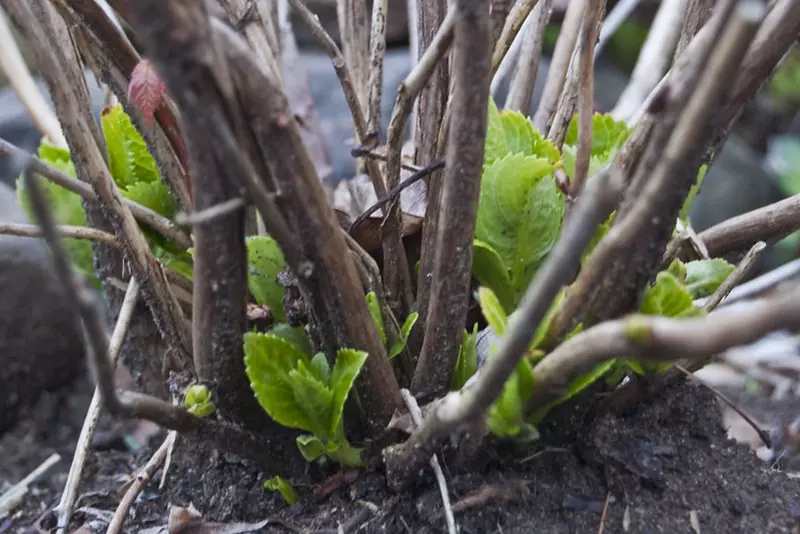
Learn when and how to prune your hydrangeas this spring with our detailed guide. Includes tips for tool preparation and proper pruning techniques.
Read More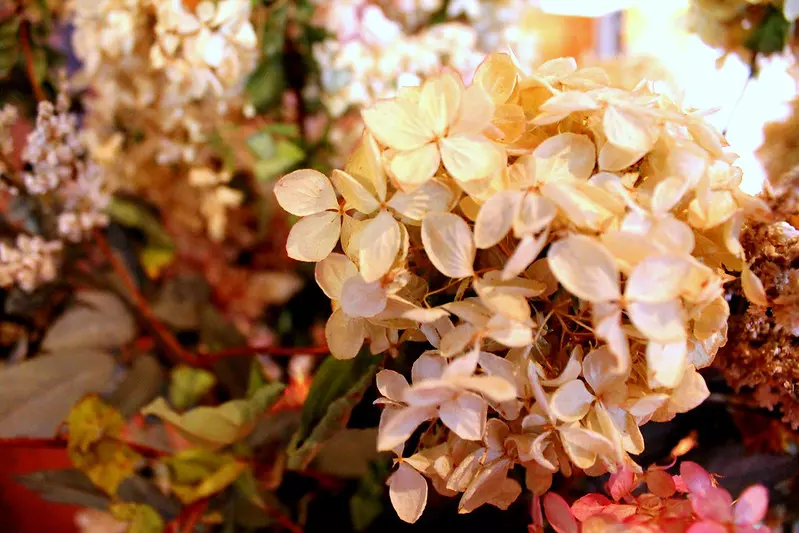
Learn effective methods to dry hydrangea heads, preserving their beauty for long-lasting floral arrangements. Explore techniques like air drying, water drying, and using silica gel.
Read More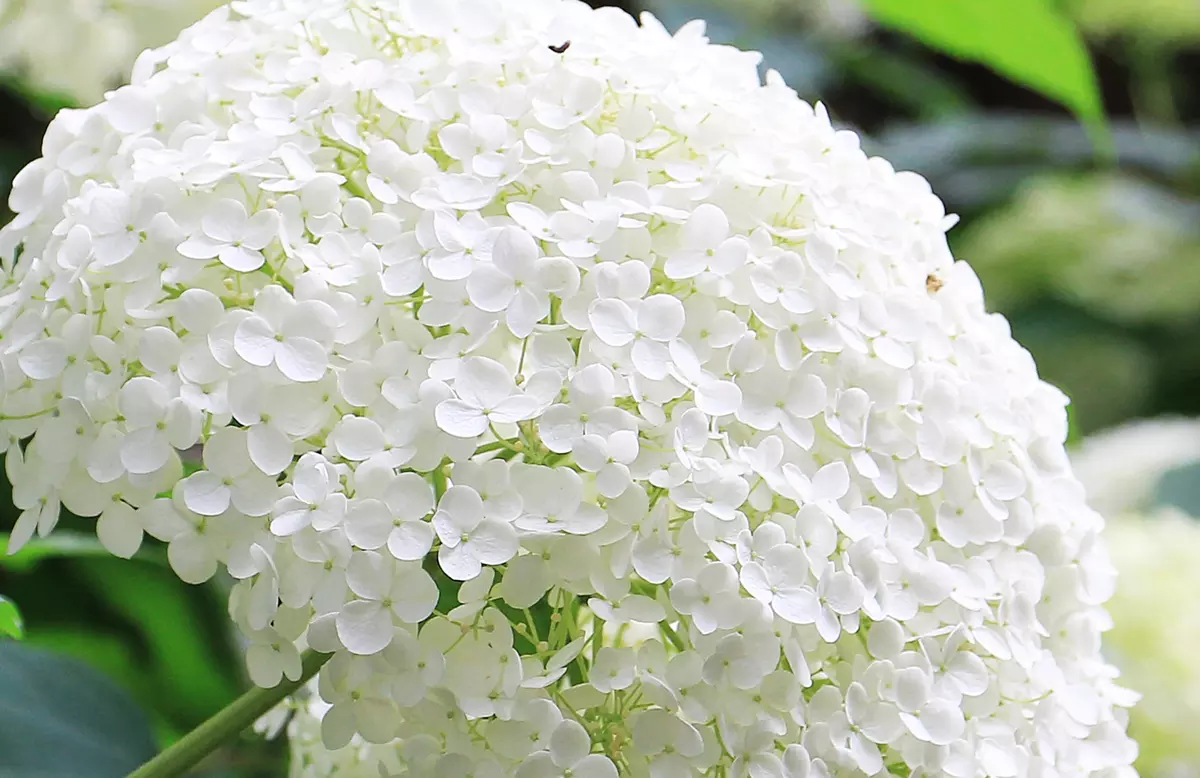
Find the best hydrangeas for USDA Hardiness Zone 3. Discover cold-hardy varieties that thrive in extreme winter conditions and learn expert care tips.
Read More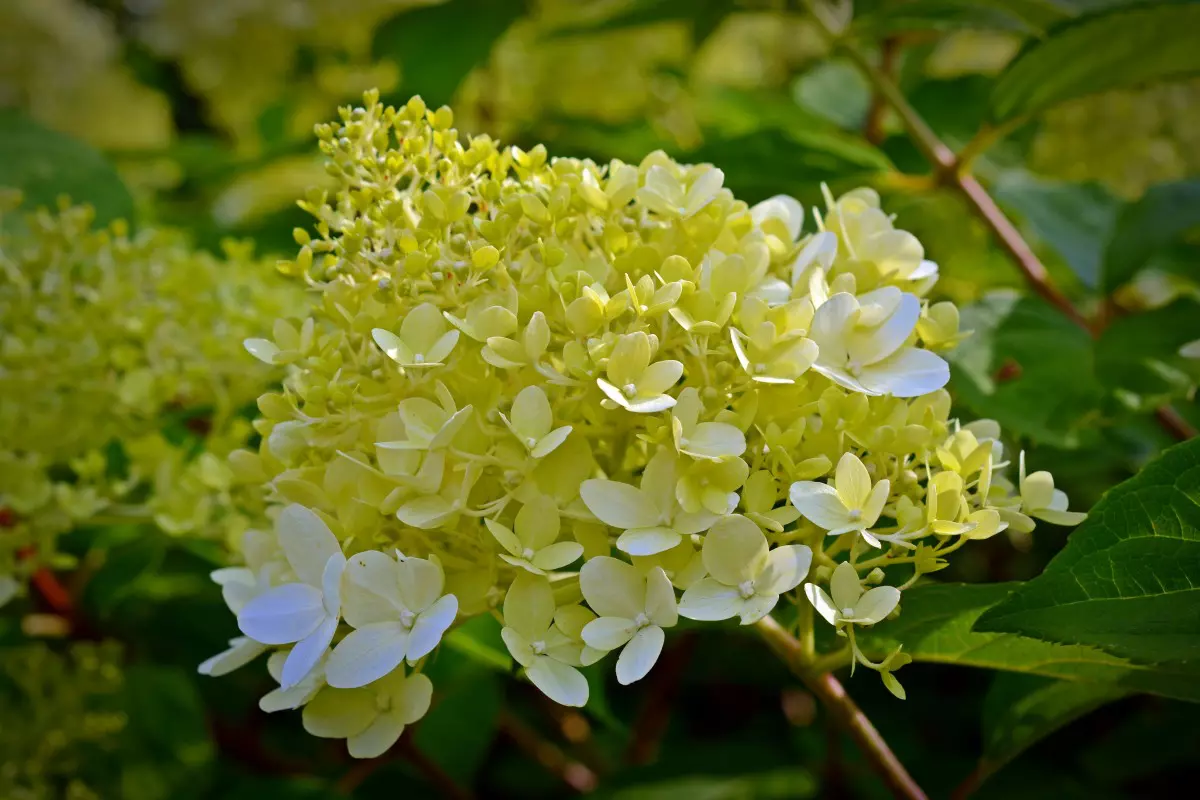
Discover the best hydrangeas for USDA Hardiness Zone 4. Learn which cold-hardy varieties thrive in harsh winters and how to care for them successfully.
Read More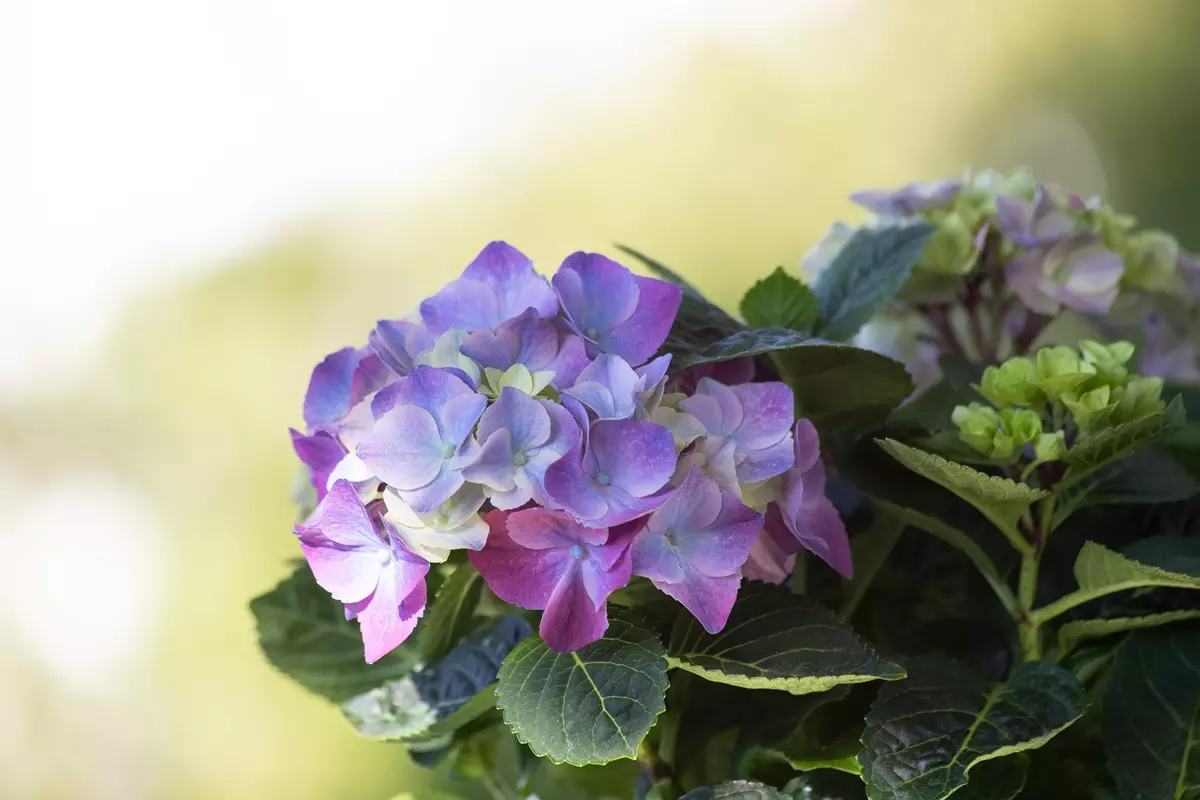
Discover the best hydrangeas for USDA Hardiness Zone 5. Learn which cold-hardy varieties thrive in harsh winters and how to care for them successfully.
Read More